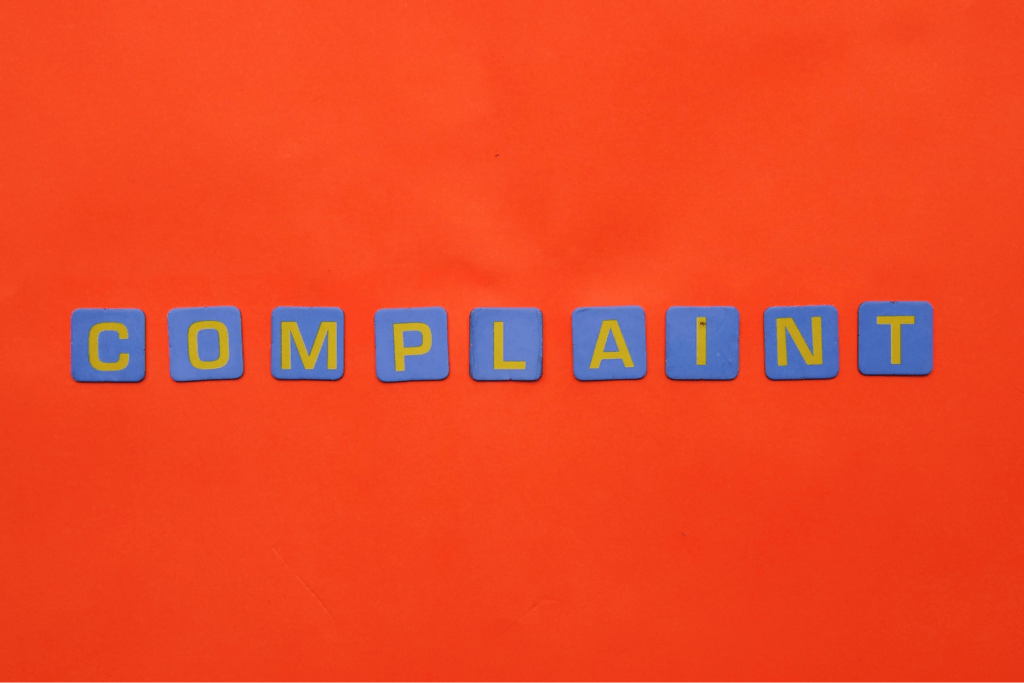
Zelle makes money transfers quick and easy. While this benefits legitimate app users, it also enables scammers to quickly siphon money from Zelle accounts before victims realize they’ve been tricked.
Zelle scams cost users around $440 million in 2021. If you use the app, it’s important to stay informed about Zelle scam text messages so you recognize them before falling victim to one.
This guide will help you identify common Zelle text scams and provide tips to keep your funds secure.
Is Zelle Scam-Proof?
While Zelle is fairly safe from hacks, it’s not entirely scam-proof. This is because the app has certain functionalities that make it a popular target for fraudsters, including:
- Automated Clearing House (ACH) payments—Zelle uses the ACH payment system to expedite transfers, making payments almost instant and irreversible. Once a scammer tricks you into sending money to another Zelle account, it can’t be canceled or reversed
- Direct connection to bank account—Zelle connects directly to your bank account or debit card. If a scammer gains access to your Zelle account, they can transfer funds directly from your bank account without intermediaries, making it easy to move stolen funds
- Direct connection to Visa or Mastercard—Even if your bank doesn’t support Zelle, you can still use the app by linking a Visa or Mastercard card. This allows scammers to target users across various banks and financial institutions, not just those with direct Zelle integration
Because of these vulnerabilities, it’s a good idea to stay informed and take necessary steps against potential scams on Zelle.
How Do Zelle Text Scams Work?
Here’s how a typical Zelle text scam works:
- You receive an alarming text asking to confirm a large transaction from your Zelle account
- You’re prompted to reply “No” to cancel this transaction
- If you do, the scammer has now validated your phone number and will call you posing as a Zelle representative, offering to “resolve the issue”
- The scammer asks for additional information and a verification code sent to your phone to gain access to your account
- The scammer uses the code to log in to your account and transfer money, often repeatedly
How To Spot a Zelle Text Message Scam
If a Zelle message seems suspicious, check for these warning signs:
- Ten-digit numbers—Legitimate Zelle texts come from short codes like 20736 or 767666. Messages from regular 10-digit numbers are likely scams
- Unexpected message—Scammers often send texts about fake transactions or login attempts. Real Zelle notifications are only sent when there’s actual activity on your account
- Spelling and grammar errors—Many scam messages have spelling and grammar errors you’ll never see in genuine Zelle messages
- Requests for personal information—Zelle will never ask for your login details, two-factor authentication codes, or other sensitive information via text
- Bank impersonations—Many fraudsters impersonate financial apps like Venmo and PayPal or banks like Bank of America and Chase Bank to carry out a Pay Yourself Scam. Remember that banks never ask customers to transfer money to themselves
How To Report a Zelle Scam Text

If you’ve fallen victim to a fake Zelle text message, immediately stop responding and block the scammer’s number. Then, consider reporting the scam text to the following organizations:
| Organization | Details |
| Zelle | Report the scam using the online form Call Zelle at 844-428-8542 |
| FBI Internet Crime Complaint Center (IC3) | File a complaint using the online form |
| Your phone provider | Copy the content of the scam message into a new text and forward it to 7726 (SPAM) |
| Federal Trade Commission (FTC) | File a complaint at ReportFraud.ftc.gov |
While reporting doesn’t guarantee a refund, it can help prevent further loss and aid authorities in tracking down the scammers.
Additional Steps To Take in Response to a Zelle Text Scam
In addition to reporting the scam text you received, take the following steps:
- If you’ve given out any bank account information, notify your bank immediately to close compromised accounts and issue new cards if necessary
- Protect your credit by freezing it with the major bureaus—Equifax, Experian, and TransUnion
- Update your login credentials for other financial accounts since scammers may retarget you with a different scam in the future
You may be able to get your money back from Zelle if you’ve fallen victim to an imposter scam or fraud where you didn’t authorize the payment. In this case:
- File a claim with Zelle through their mobile app or phone
- Contact your bank to see if they can reverse the charges
For additional protection, consider moving a part of your savings or cash reserves to a high-security banking platform like FortKnox by Austin Capital Bank.
FortKnox has a single focus—account security. It disables connection to platforms like CashApp, Zelle, Venmo, and Google Pay so that if you get scammed, most of your funds will remain safe.




